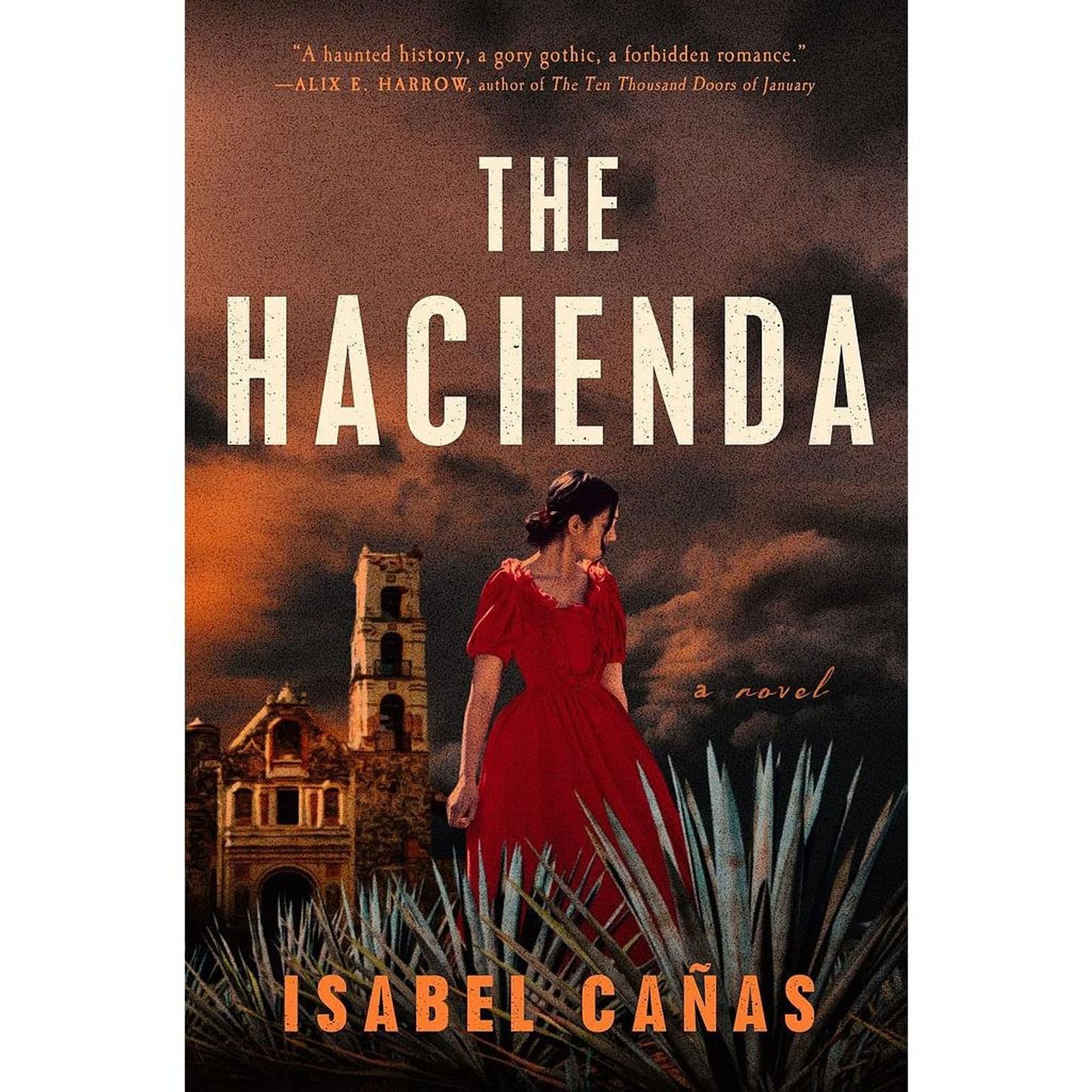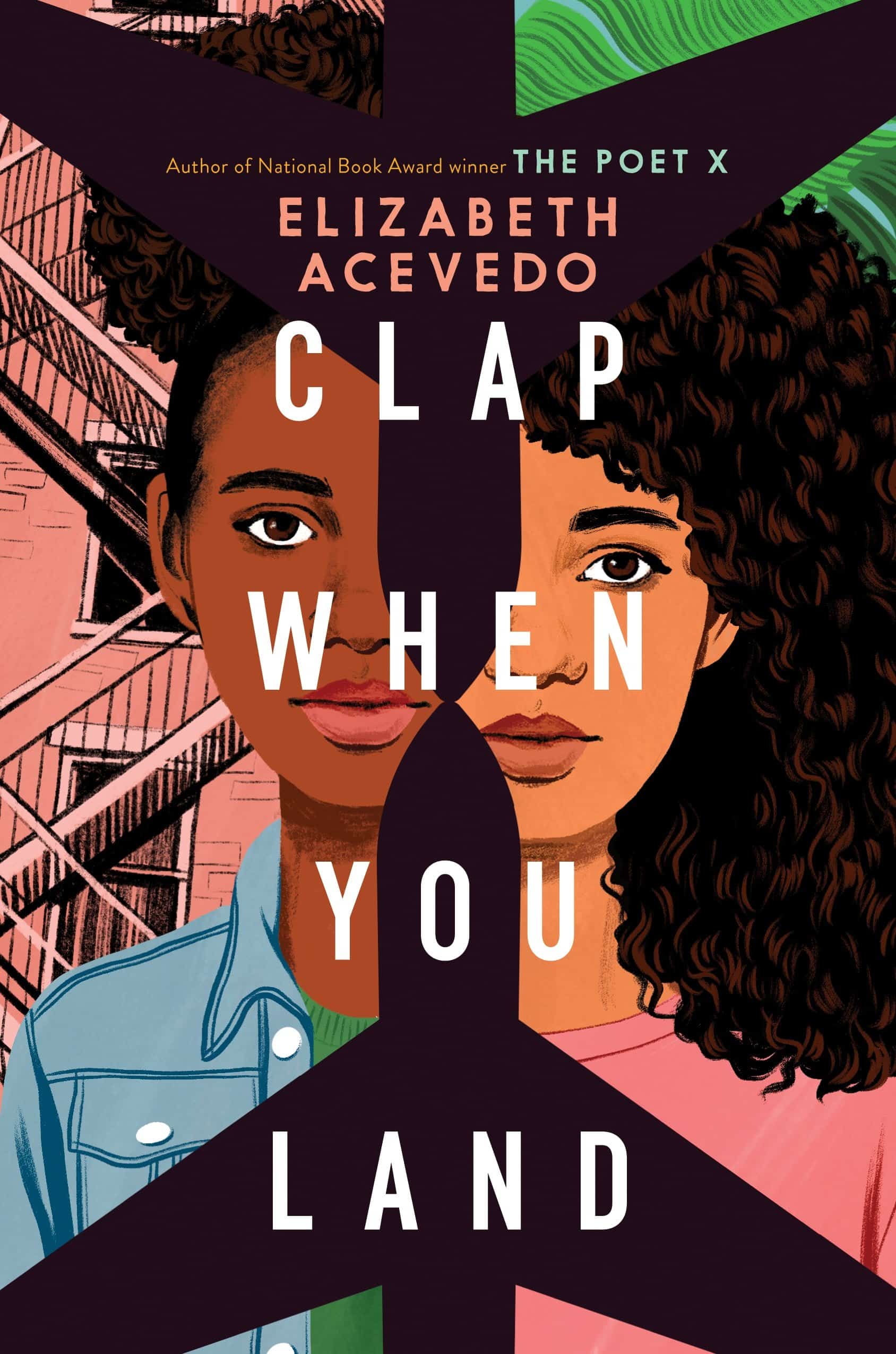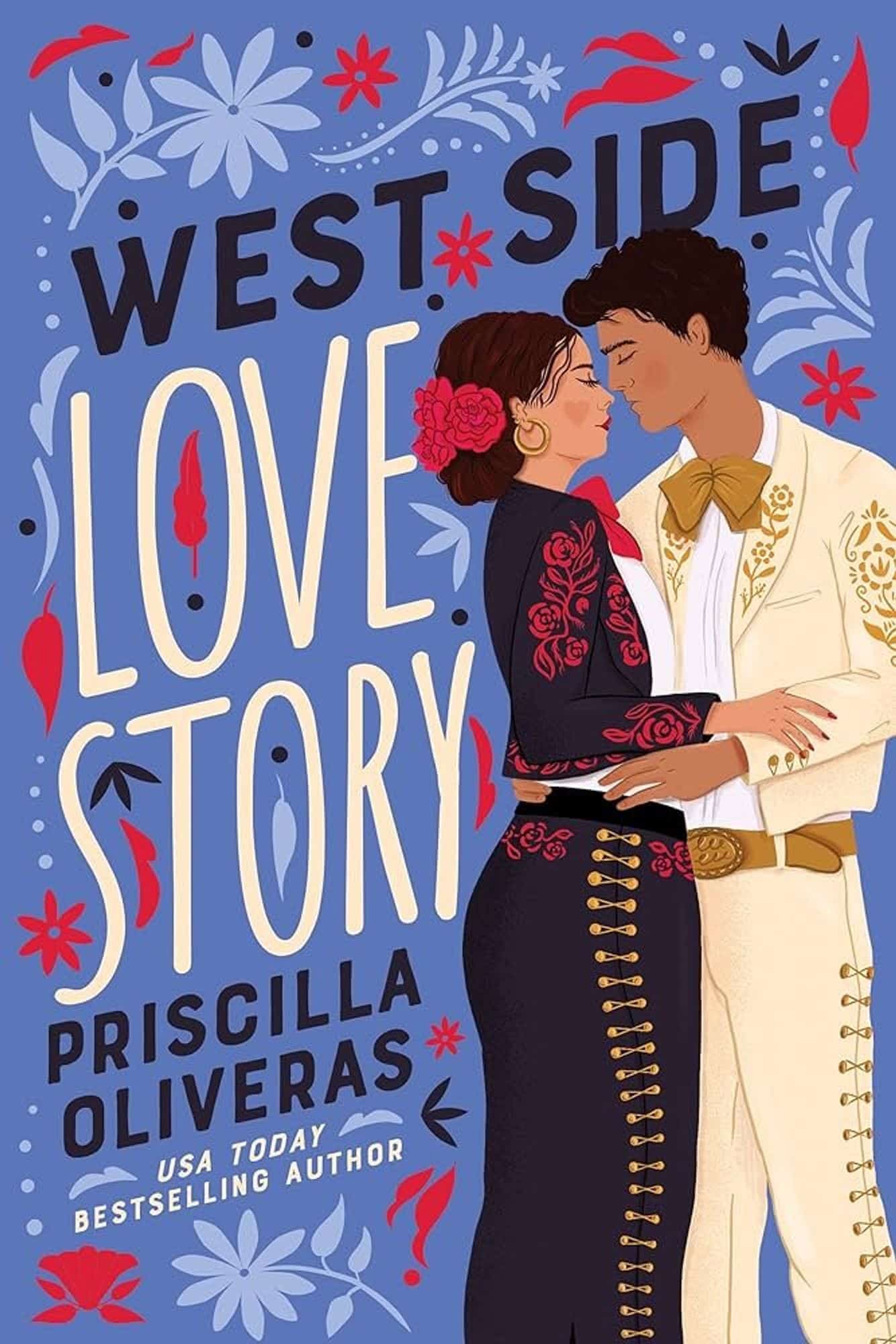6 Must-Read Fiction Books by Latina Authors: Fantasy, Romance, and More
Ready to add new titles to your reading list? We’ve got 6 amazing literary gems written by Latina authors.

Whether you’re a highly active reader or a casual one, you’re probably aware of the lack of diversity in the publishing industry. As a shock to no one, most traditionally published authors are White. According to The Diversity Baseline Survey published in 2019, 76% of authors were White, while only 6% were Latine and 5% were Black and Afro-Latine.
Granted, publishers have been making changes in recent years to achieve more diversification, but systemic change takes time. In the meantime, we should support Latina authors at every turn. To do that, here are 6 must-read fiction books by Latina authors. And don’t worry, we bring a good variety of genres!
Sabrina & Corina by Kali Fajardo-Anstine

Sabrina & Corina is the kind of short story collection that opens doors, allowing you to walk into the life of the characters. Exploring themes like friendship, mother and daughter relationships, and more, the stories focus on Latinas of indigenous ancestry living in Denver, Colorado, and how they navigate their land. Each story is unique, full of poignant moments of strength and melancholy.
The Hacienda by Isabel Cañas

If you enjoy a good haunted house story, you’re going to love this one. The Hacienda combines gothic horror, historical fiction, and a dash of slow-burn romance. Set after the Mexican War of Independence, the story follows Beatriz as she moves into Hacienda San Isidro after marrying Don Rodolfo Solórzano. Beatriz lost everything in the war and she would do anything to find a home again. Instead, she finds herself thrust into a battle with darkness, both inside and outside of the human realm. Atmospheric, beautifully written, and very engaging!
Clap When You Land by Elizabeth Acevedo

Adults often keep away from YA fiction, but in doing so they’re missing out on amazing stories. Clap When You Land is a great example of that and it explores themes like grief and love. It follows two sisters; Camino Rios living in the Dominican Republic, and Yahaira Rios, living in New York City. One day, they get the devastating news that their father has died in the Flight 587 plane crash (based on true events), forcing the two girls to face their new reality and bridge the distance between them. It’s written in verse, so the novel is lyrical and beautiful, but most of all, powerful.
What the River Knows by Isabel Ibañez

What the River Knows transports readers to Cairo, Egypt, where Bolivian-Argentinian Inez Olivera is set on discovering the truth behind her parents’ deaths. This is a historical fantasy full of adventure, magic, mystery, and romance. It’s surprising and immersive, so it’s the perfect choice if you just want to disconnect from real life. The writing is captivating and it will take you on quite a ride. Highly recommended for fans of The Mummy (1999)!
West Side Love Story by Priscilla Oliveras

We all need to swoon, kick our feet, and twirl our hair every once in a while. That’s where good romance books come in, and West Side Love Story doesn’t disappoint. It’s a Latino retelling of Romeo and Juliet set in San Antonio, where we follow star-crossed lovers Mariana Capuleta and Angelo Montero. They’re members of feuding families and competing mariachi bands, but the heart wants what it wants. The story is very moving and full of secrets, sacrifices, and betrayals. Will love prevail?
Family Lore by Elizabeth Acevedo

Family Lore is Elizabeth Acevedo’s adult debut novel and it tells the story of a Dominican-American family through the perspectives of its six women. Each of these women has a unique gift, so the novel explores the challenges they’ve had to face as well as their victories in life. It’s been compared to 100 Years of Solitude by Gabriel García Márquez because it’s a family saga that moves back and forth in time, with a core mystery that keeps readers engaged. It’s also full of magical realism and Latin American culture!




